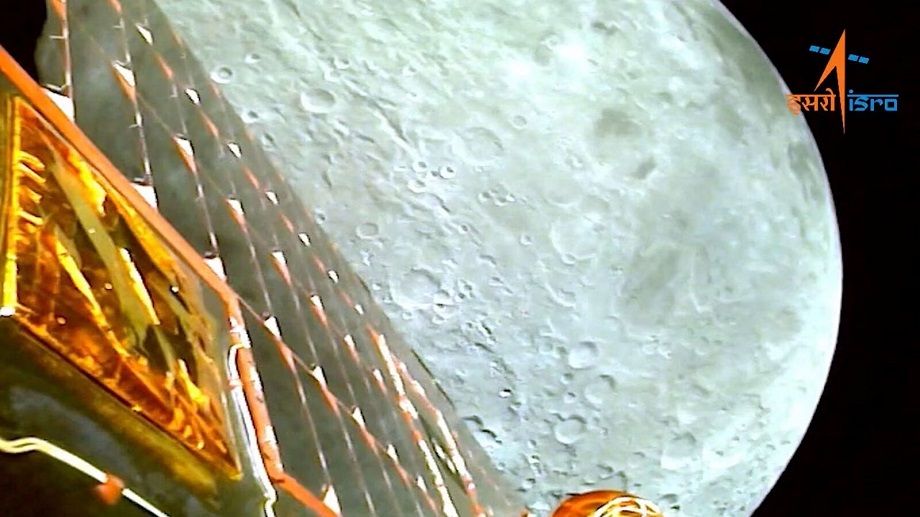
Explained: Why is the world running to explore ‘dark side of the Moon’?
Chandrayaan-3 is scheduled to land on the South Pole of Earth’s satellite Moon on Wednesday, 23 August. 140.76 crore Indians and the world waits with bated breath to see Indian Space Research Organisation (ISRO)’s spacecraft Chndrayaan-3’s lander module make a safe soft landing successfully.
The South Pole of the Moon has a rather rough terrain which makes it difficult for spacecraft to make a soft landing. This has also increased the mystery around the south pole of the Moon. NASA has described this area as ‘full of mystery, science and intrigue’
In these regions of the Moon, temperatures plummet to astonishing lows of -414F (-248C) – because the Moon has no atmosphere to warm up the surface. No human has set foot in this completely unexplored world.
Then why is the world running to explore “the dark side of the Moon”?
Scientists and experts have attributed this to –WATER.
Water on the Moon!
Data gathered by the Lunar Reconnaissance Orbiter, a Nasa spacecraft that has been orbiting the Moon for 14 years, suggests water ice is present in some of the large permanently shadowed craters that could potentially sustain humanity.
The region’s water ice could supply fuel, oxygen, and drinking water for future missions, says Reuters.
Water exists as a solid or vapor on the Moon because of the vacuum – the Moon doesn’t have enough gravity to hold an atmosphere.
The frozen water untainted by the Sun’s radiation might have accumulated in cold polar regions over millions of years, leading to the accumulation of ice on or near the surface. This provides a unique sample for scientists to analyze and understand the history of water in our solar system, reads a BBC report.
Many countries are planning new human missions to the Moon, and the astronauts will need water for drinking and sanitation. Therefore lunar ice could be the alternative locally sourced option for them.
DID YOU KNOW?
India’s Chandrayaan-1 lunar mission was the first to find evidence of water on the Moon in 2008.

















